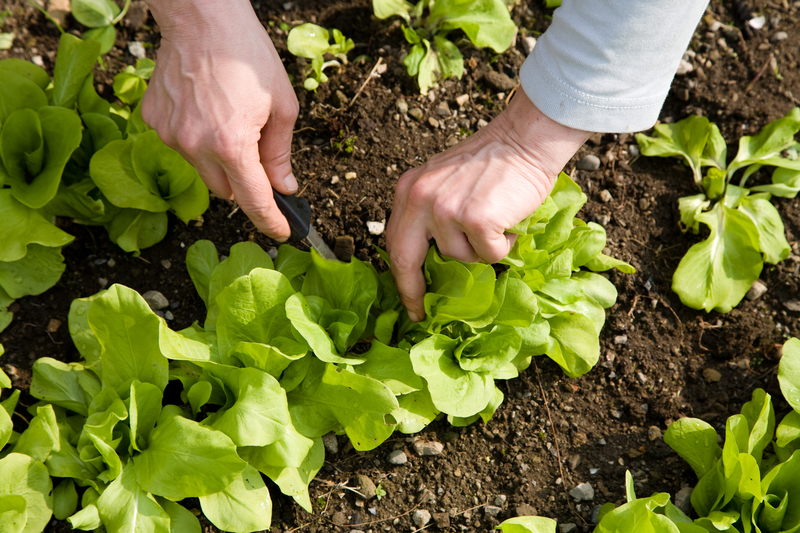As with any type of gardening method, there are certain seeds more likely to flourish with succession planting. Use your harvest to its full capacity by following these tips and tricks:
Succession planting is all about sowing the right amount of seed to have plants to feed your family for a specific period of time. As the growing season progresses, seed is planted again a few weeks later so that the harvest will be spread out accordingly.
By practicing the simple art of succession planting, you keep a constant, smaller, and more manageable crop coming on just when you need it, all summer long.
The best crops for succession planting are seed crops.
Great Crops For Succession Planting
Salad Crops – Lettuce / Kale / Spinach / Radish
The leafy salad crops are great for the first few cuttings, then quickly begin to taste bitter. To keep a steady supply, sow seeds every 10 to 14 days to have an “always fresh” salad coming from your garden.
We use raised beds for our crops, and plant the sections in thirds. By the time the third section is coming up, the first one has entirely finished. That section can then be replanted for a late summer or early fall crop.
Radishes are perfect for this too. They can be ready in as little as 28 days.
Green Beans
When it comes to green beans, we plant an early crop, and then 45 days later, we plant a second crop. After the first crop is done by mid-summer, the second crop is ready the time late summer or early fall hits. Usually two plantings per year will do the trick.
Peas / Sugar Snap Peas
Much like green beans, peas can be planted in the early spring, and then again in mid to late summer. Peas and sugar snap peas actually grow better in the cooler temps of early spring and early fall.
Sweet Corn
Plant a new crop of sweet corn every 14 to 21 days after the first planting. Figure out what you and your family will eat over a two to three-week harvest period.
Remember with sweet corn, it is best to plant in blocks of rows to help with pollination. Single rows will not pollinate as well, so you are much better to plant a block 4 to 6 stalks long, by 4 to 6 stocks wide.
Do you use succession planting when growing your garden? Do you have any advice for the types of seeds to use?
Article Source: Old World Garden Farms
